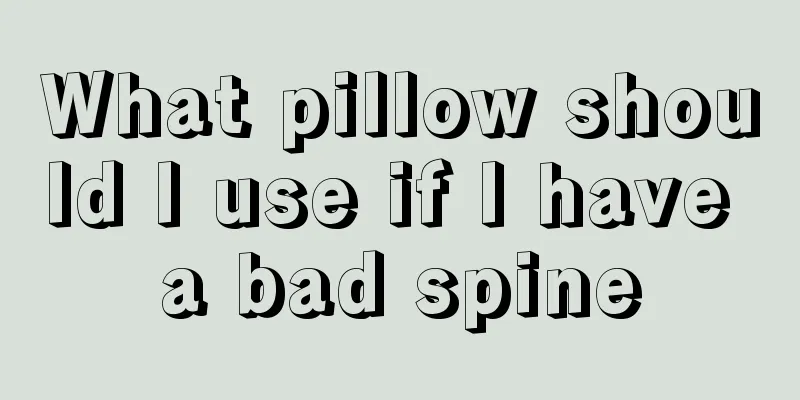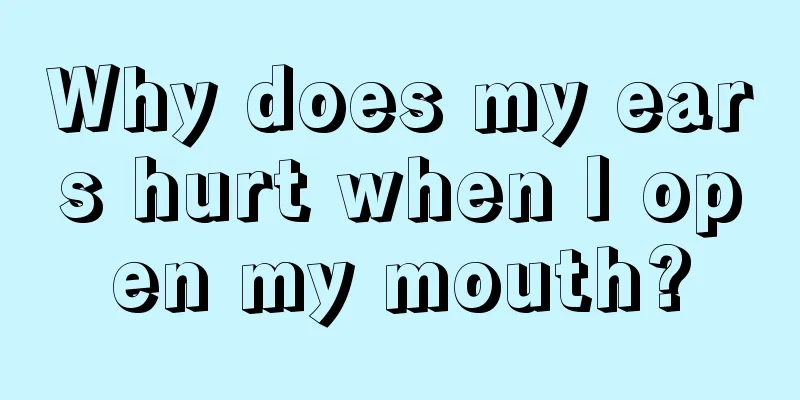There is a lump in the crack of my butt

|
The crevice between the buttocks is also the location of the anus. A lump appears in the anus, which is mainly caused by hemorrhoids and other factors. Normally, the patient may have bloody stools and pain for a short period of time. In more serious cases, the anal hemorrhoids may prolapse. Usually, you need to choose the appropriate treatment method according to your personal physical condition. First of all, you need to diagnose the disease factors and symptoms. Cause details/Hemorrhoids 1. Varicose vein theory believes that hemorrhoids are venous masses formed by congestion, dilation and bending of the venous plexus under the mucosa of the lower rectum and the skin of the anal canal. 2. The anal cushion migration theory holds that hemorrhoids were originally normal anatomical structures in the anal canal, namely the vascular cushion, which is a ring-shaped spongy tissue band 1.5 cm above the dentate line. Only when the anal cushion tissue becomes abnormal and is accompanied by symptoms can it be called hemorrhoids and require treatment. The purpose of treatment is to relieve symptoms rather than eliminate hemorrhoids. There are many factors that cause hemorrhoids, among which constipation, long-term drinking, eating large amounts of irritating foods and sitting or standing for long periods of time are the main causes. Symptoms/Hemorrhoids 1. Blood in the stool. Painless intermittent spotting is its characteristic, which is also a common symptom of internal hemorrhoids or mixed hemorrhoids in the early stage, blood in the stool. External hemorrhoids will not cause bleeding. Mild cases are mostly blood in the stool There is blood on the stool or stool paper and then blood drips. In severe cases, there is spurt-like bleeding. The blood in the stool can often stop on its own after a few days, which is very important for diagnosis. If bleeding occurs repeatedly over a long period of time, anemia may occur clinically, which is not uncommon and should be differentiated from hemorrhagic diseases. 2. Painful feeling. Heavy pain is the main symptom of external hemorrhoids. When internal hemorrhoids or mixed hemorrhoids prolapse and become incarcerated, edema, infection, and necrosis occur, it often causes severe heavy pain. 3. Prolapse of hemorrhoids. Prolapse of hemorrhoids is the main symptom of middle and late stage internal hemorrhoids. In the late stage, the hemorrhoids enlarge and gradually separate from the muscle layer and are pushed out of the anus during defecation. In mild cases, the prolapse only occurs during bowel movements and the prolapse can return to normal on its own after bowel movements. In severe cases, hemorrhoids will prolapse out of the anus when the abdominal pressure is slightly increased, such as when coughing or walking, which will seriously affect normal work and life. 4. Itching. In the late stage of internal hemorrhoids, the hemorrhoids prolapse and the anal sphincter relax, and secretions often flow out. Due to the irritation of the secretions, there is often itching and discomfort around the anus, and even skin eczema, which makes the patient extremely uncomfortable. |
<<: What is the reason for the sunken buttocks
>>: What to do if ringworm grows on the buttocks
Recommend
How do you get conjunctivitis? How to care?
Conjunctivitis is one of the common eye diseases....
Are there any taboos in daily conditioning for bile duct cancer?
Are there any taboos in the daily conditioning of...
What kind of water is best to drink after exercise
During exercise, the body digests a large amount ...
What are the key points of postoperative care for colorectal cancer? Experts will introduce
Colon cancer is a disease that many people are af...
How to eat sour papaya
Sour papaya has a good weight loss effect because...
What should women with ovarian tumors pay attention to
Ovarian tumor is one of the common tumors of fema...
How to effectively treat advanced lung cancer? 3 treatments for advanced lung cancer
Lung cancer has become one of the serious disease...
Increased texture in the lower part of both lungs
In daily life, many people suffer from respirator...
Why does my lower back hurt and I can’t straighten my back?
There are various reasons for the back pain that ...
Bowel cancer stool characteristics
Bowel cancer is a topic that sounds a little scar...
What's wrong with small blisters on the soles of my feet?
No matter where on the body the blisters appear, ...
What are the causes of low stomach acid
Many people have heard of excessive stomach acid,...
How to Remove Red Wine Stains
When drinking red wine, if you accidentally spill...
4 tips to help you get rid of lumbar bone hyperplasia
I believe everyone has heard of bone hyperplasia....
What are the symptoms of prostate cancer liver metastasis
In clinical practice, prostate cancer is one of t...









